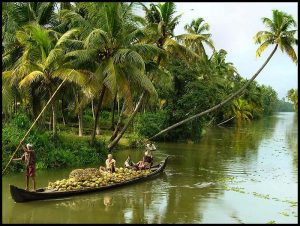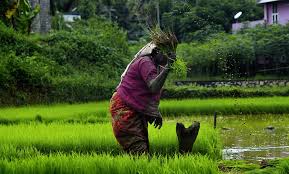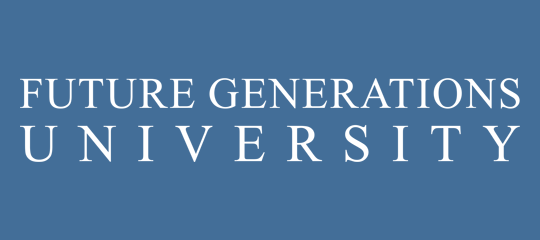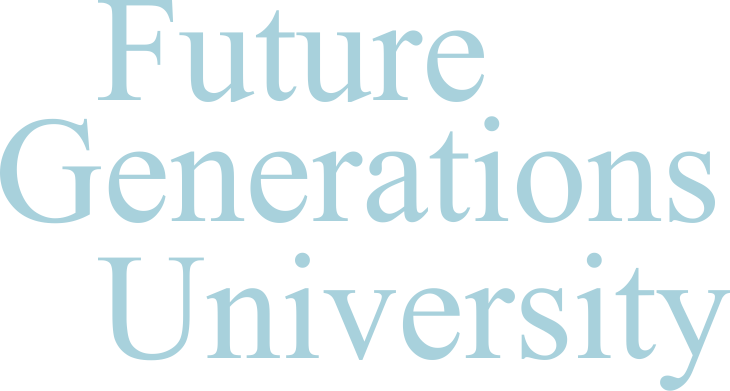Summary from Just and Lasting Change by Associate Professor, Noam Schimmel

Human development that significantly advances quality of life does not have to be expensive.
It is often assumed that to make major advances in the quality of human well-being development efforts that address healthcare, education, food security, and the well-being of women and children are necessarily extremely resource intensive and therefore dependent on massive outlays of funding to advance human security.
But this is not the case.
Successful forms of development that have been transformative in positive ways and are well documented in development literature show that human well-being can be advanced with basic resources that can be found in most communities, including in countries that lack financial resources and are classified as low income.
Put simply, financial wealth is not a prerequisite for fundamental human development.

More significantly, trust, cooperative communal efforts to pool resources and expand them, careful and equitable planning, and support of local and national government coupled with local grassroots efforts are often sufficient to advance human development.
These advances lead to tangible improvements in life expectancy, improve quality of life and enhance health outcomes, promote the realization of the human rights of children and women and human rights more broadly, expand educational opportunities, and raise incomes and improve food security.
How is this possible and where has this been done? In Kerala, India.
Kerala, a region of South India, made huge advancements in human development without being dependent on external aid for enabling this transformation.
Kerala achieved the best health and education levels of development in India already by the 1960s, and continues to sustain them, while also maintaining the highest rate of political participation in India.

But, counterintuitively, it was also the poorest state in India when it had these dramatic health and education achievements.
In this seeming contradiction we can find vitally important lessons about advancing human development which may be counterintuitive, and for that reason merit attention.
Development research attributes Kerala’s outstanding social achievements to several factors.
Daniel and Carl Taylor, pioneers of community development together with UNICEF, explain that these include political leadership that was largely genuinely interested in advancing the welfare of Kerala’s residents and was not morally corrupt, a matrilineal tradition amongst many high caste Hindus in Kerala, a church that grew in adherents and advanced greater equity amongst its values and aspirations and promoted interreligious tolerance that also received the support of Hindus, and a progressive people’s movement that advanced social reforms.
According to Taylor and Taylor, this social movement initially fought back against caste-based discrimination but continued beyond that, advancing public literacy and education, promoting land reform, and making scientific knowledge broadly available to the public which has also played a role in public advocacy for continued environmental conservation.
Momentum built on momentum in positive interlocking ways: advancing women’s rights, promoting expanded educational opportunity, and providing enhance economic opportunities for trade that were open to a broad cross-section of the population all acted synergistically to advance human development.

The high literacy rate, for example, has enabled the average Keralan to follow newspapers and hold political leadership accountable in democratic elections and in between elections.
The evidence Taylor and Taylor provide is substantive and significant: In 2001 while life expectancy was 74 years in Kerala it was 59 years in all of India. Literacy in Kerala amongst females was 87%, while it was only 39% in all of India. In 2011, Kerala was the only state in India in which there was no preference for male babies; in 1991 its gender ratio was 1,036 females to 1,000 males, compared with 927 females to 1,000 males for India as a whole.
Kerala’s successes are impressive, sustained, and genuinely life altering for individuals and for society.
Taylor and Taylor note that economic wealth did eventually result from these substantial advances in human development in Kerala.
Today Kerala enjoys both high levels of social development and economic growth and greatly increased financial resources.
It is instructive to turn to Kerala’s history to learn that opportunities abound even in places that are initially resource-poor.
Human development can be enabled and derive energy from largely indigenous sources.
To be sure, Kerala’s model is unique to Kerala and its circumstances.

But undoubtedly, it has lessons for all countries seeking to advance human development and to the United States and other countries when conceptualizing and implementing development aid.
These lessons are encouraging in their affirmation of local capacity to advance positive social change from within that draws upon domestic human resources, some – but relatively moderate support from abroad, and the values and social policies that advance equity, social justice, and human emancipation which ultimately can unleash human development and well-being.



